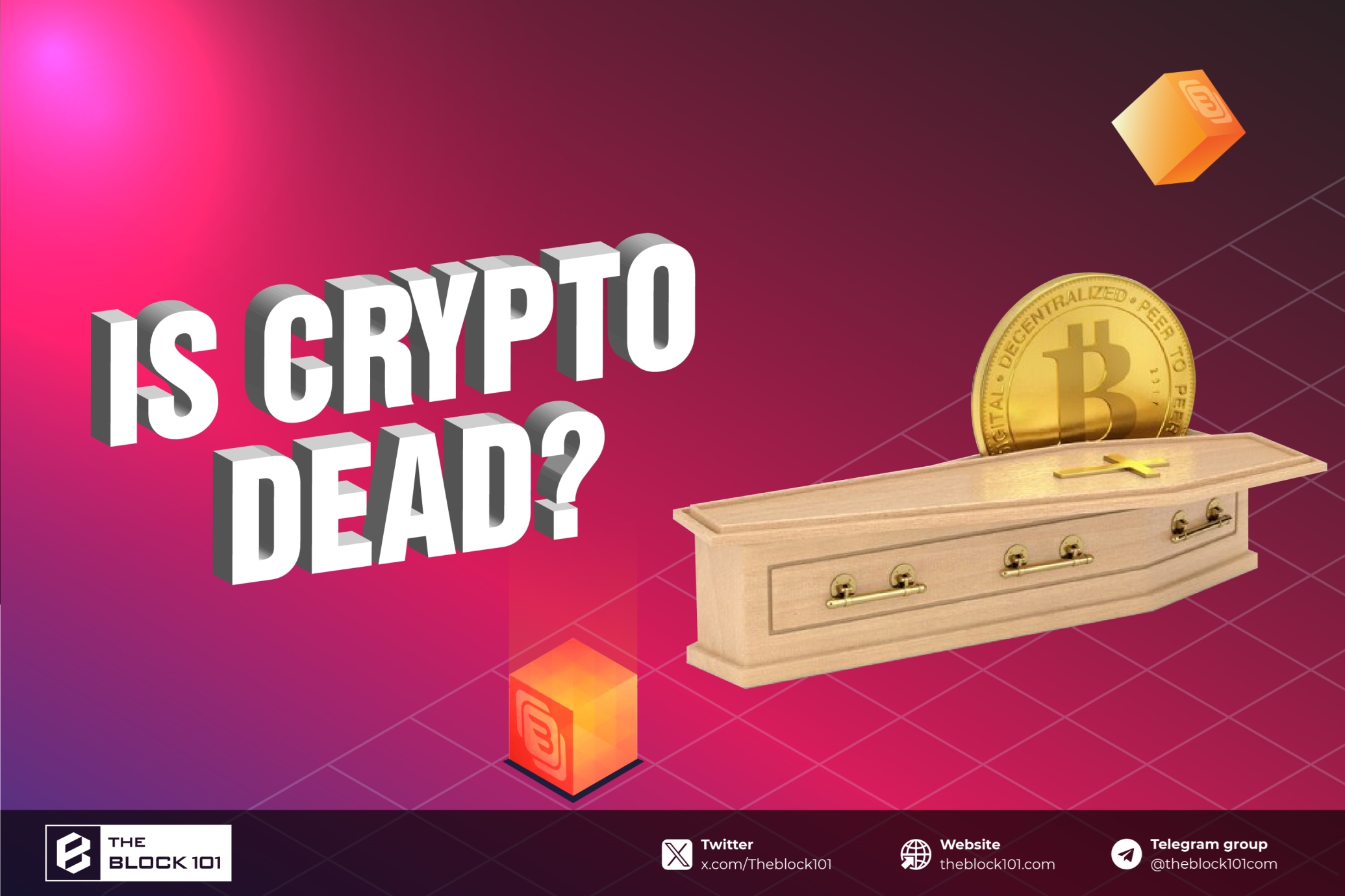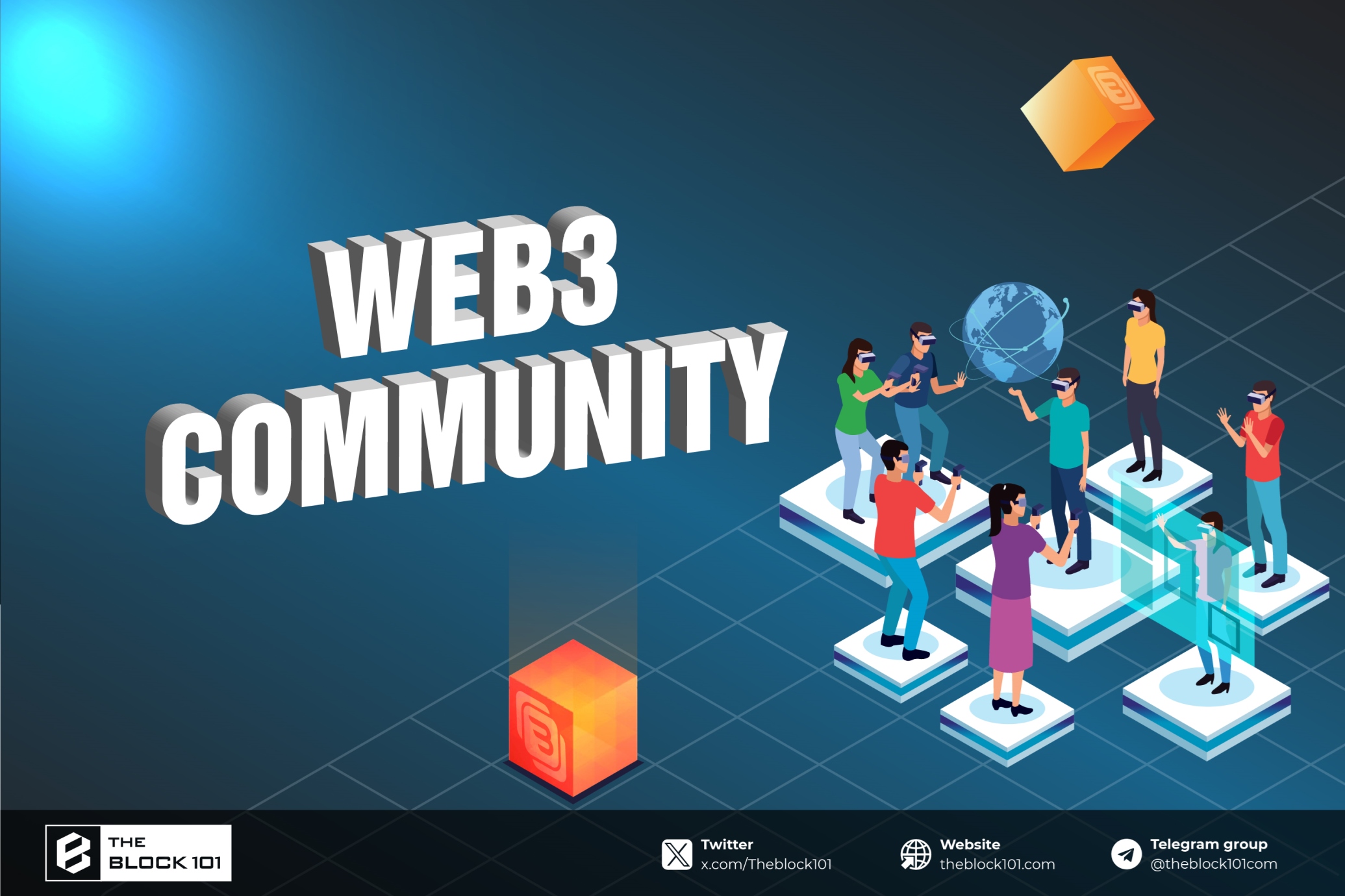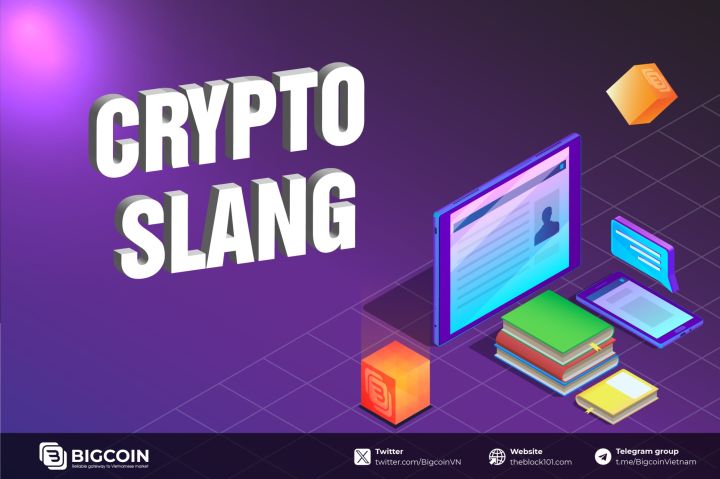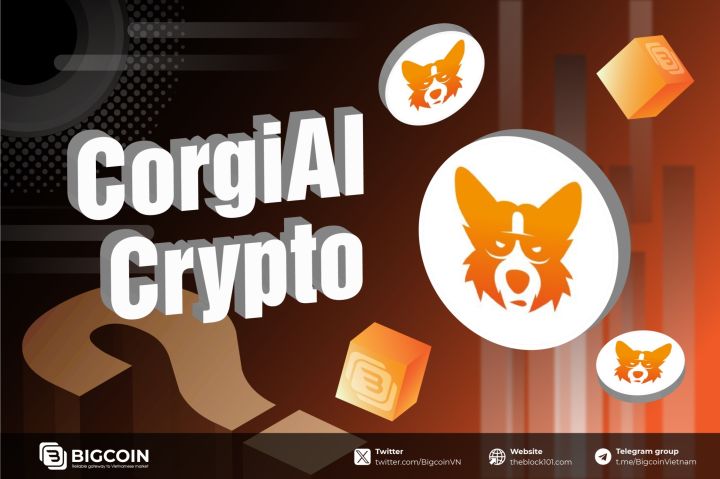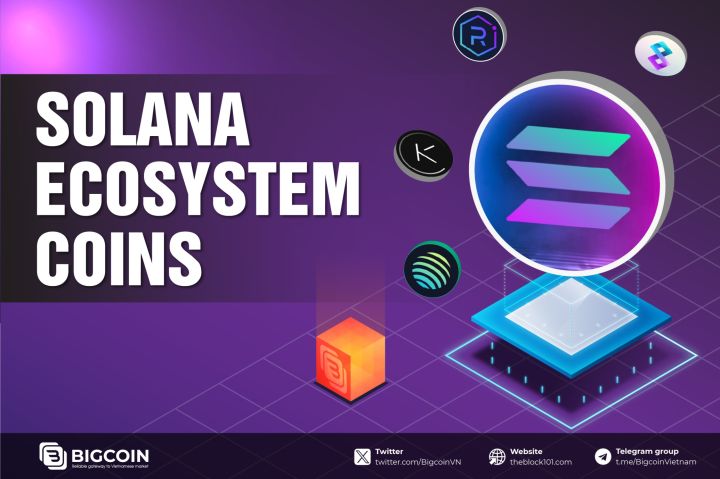1. Defining Web3 Gaming
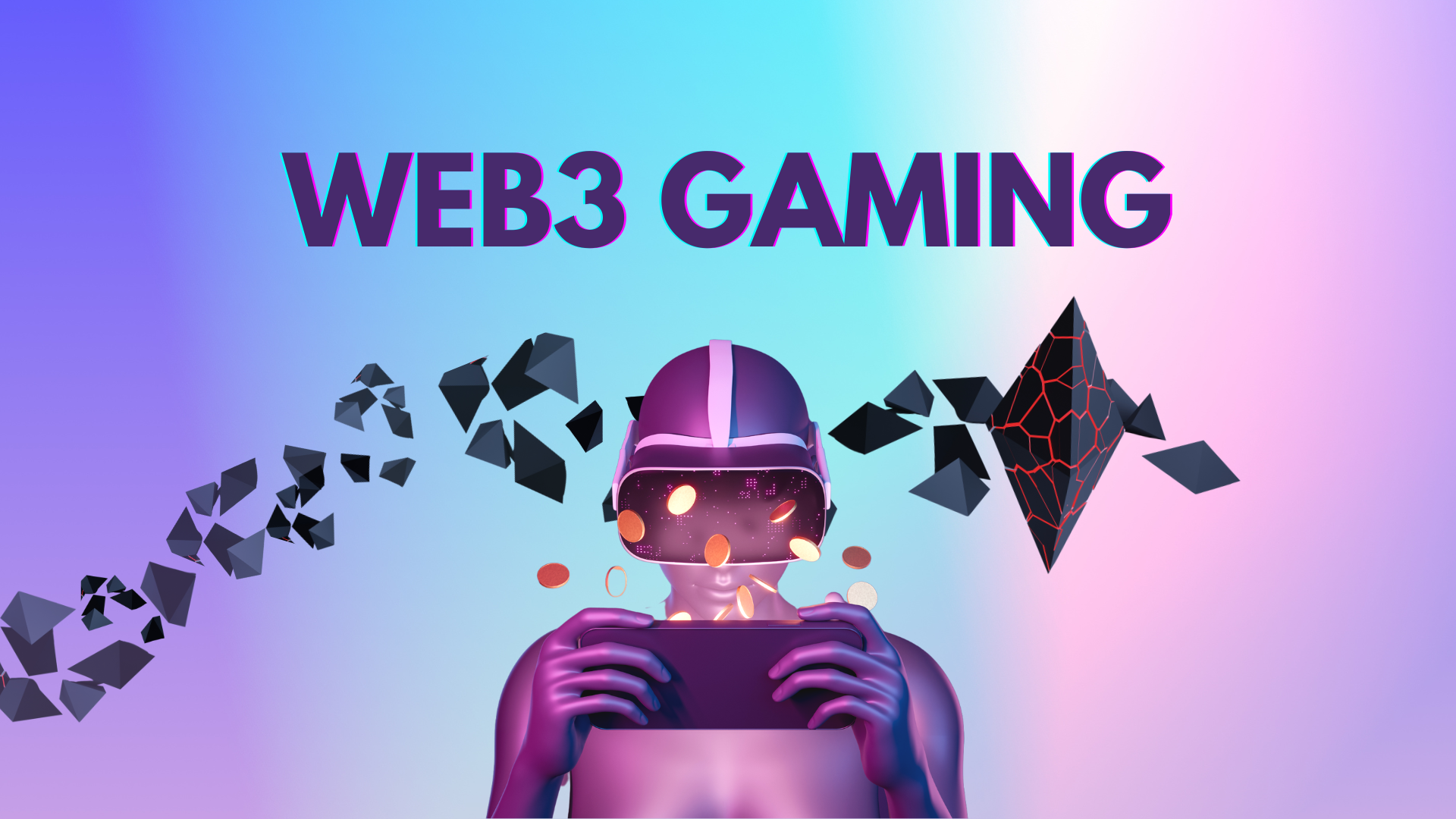
Web3 games are built using blockchain technology, which enables a decentralized, peer-to-peer framework for players to own, trade, and interact with in-game assets such as virtual currencies, items, and characters. Through the use of cryptocurrencies and non-fungible tokens (NFTs), Web3 games allow players to truly own their digital items, trade them on decentralized markets, and even transfer them across different platforms. This open and transparent environment empowers players and developers in a way that traditional gaming systems cannot.
A major advantage of Web3 gaming is the ability to cut out middlemen, such as centralized game servers or corporations that control in-game economies. Transactions are handled by smart contracts, ensuring transparency, security, and automation without needing a third-party intermediary.
2. How do Web3 games work?
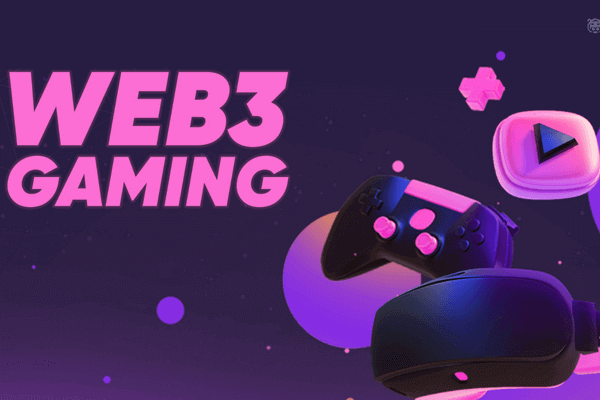
The mechanics of Web3 games revolve around blockchain technology, which ensures that all in-game actions, assets, and currencies are managed and secured through a distributed ledger system. Players' assets—ranging from skins and weapons to virtual land and even characters—are stored on the blockchain, giving them tangible ownership.
Unlike traditional gaming systems, where developers have complete control over the in-game economy, Web3 gaming offers players the chance to earn rewards by participating in the game’s economy. For instance, many Web3 games implement play-to-earn (P2E) models, where players can earn cryptocurrency or NFTs by completing quests, leveling up, or participating in other activities. These assets can then be sold or traded, often in decentralized marketplaces that operate without intermediaries.
At the heart of Web3 gaming are smart contracts, which are self-executing contracts with predefined rules. These contracts automatically manage the transfer and ownership of in-game assets when conditions are met, such as when a player buys an item or completes a mission. This adds an extra layer of security and transparency to transactions, making the experience more player-friendly.
3. Key Components of Web3 Games
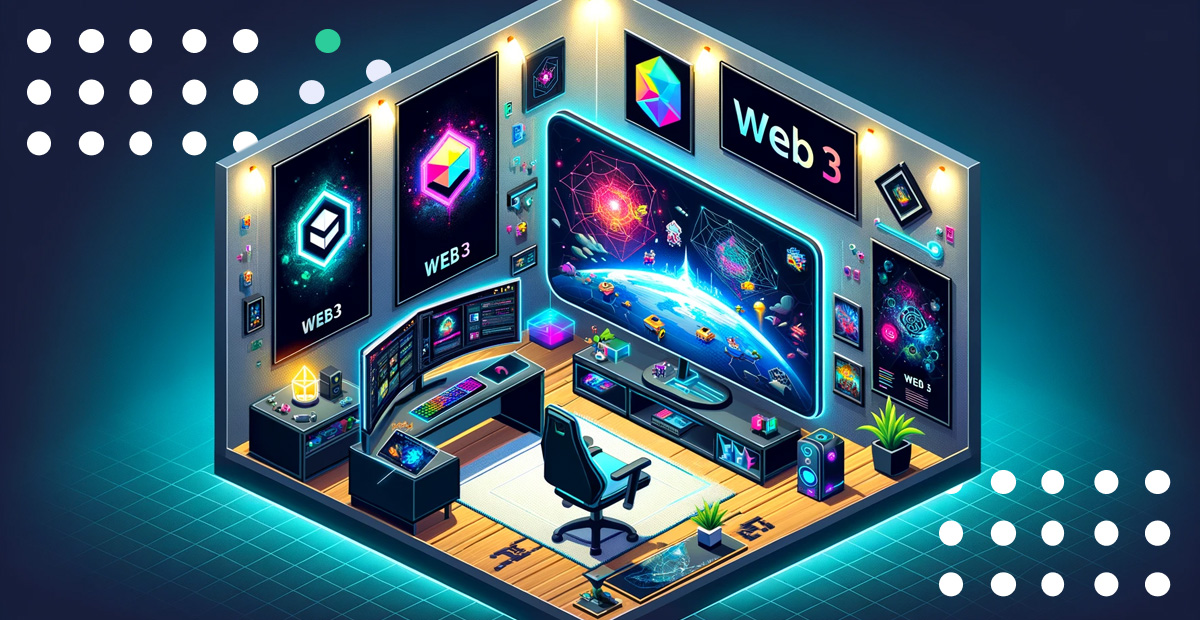
Web3 games are powered by several key technologies and structures that make them different from traditional games. These components enable decentralization, transparency, and player ownership, forming the backbone of the Web3 gaming experience. Below are the essential elements that drive Web3 gaming:
-
Blockchain Technology: Web3 games use blockchain to record and verify in-game transactions. This decentralized infrastructure ensures that players' assets are secure and tamper-proof.
-
NFTs (Non-Fungible Tokens): These digital tokens represent unique in-game items, characters, or assets. Each NFT is one-of-a-kind, meaning that players can truly own rare items and trade them with other players or on the open market.
-
Cryptocurrency: Many Web3 games incorporate their own cryptocurrencies, which serve as in-game currency. Players can earn these currencies by playing the game and can often convert them into real-world money.
-
Decentralized Platforms: Web3 games run on decentralized platforms, meaning there is no central authority controlling the game. This offers a more democratic system where the community has a say in how the game evolves.
-
Digital Wallets: To interact with Web3 games, players need a cryptocurrency wallet. These wallets store the digital assets players acquire within the game, such as NFTs, tokens, and other virtual goods.
-
Gaming DAOs (Decentralized Autonomous Organizations): DAOs play an essential role in Web3 gaming by enabling community governance. Players can vote on the future direction of the game, whether it’s implementing new features, changing rules, or deciding on economic adjustments.
4. Unique Features of Web3 Gaming
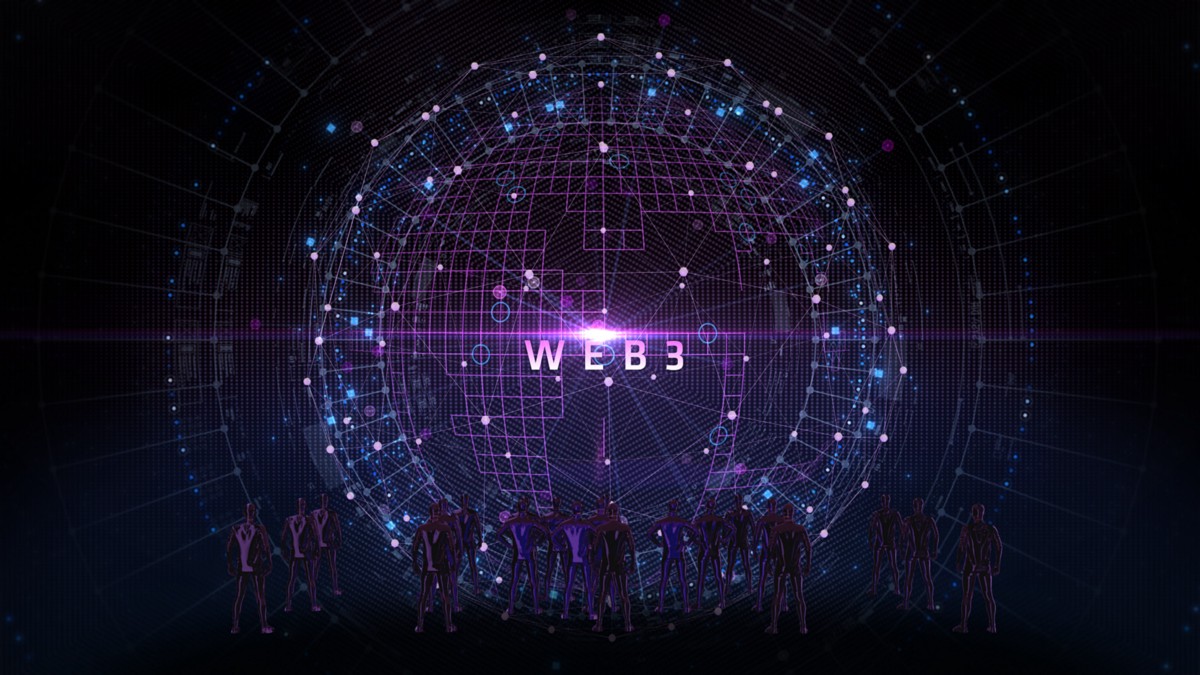
Web3 gaming introduces several unique features that are not possible in traditional centralized gaming systems. These features provide players with more control, transparency, and opportunities for income, creating a more engaging and rewarding experience. Let’s explore the key aspects that set Web3 games apart from traditional games:
-
True Ownership: One of the most significant advantages of Web3 games is that players truly own their in-game assets. These digital goods are stored on the blockchain, meaning they can’t be duplicated or taken away by the game developer.
-
Transparency and Security: Blockchain technology offers unparalleled transparency. Every transaction, from asset purchases to trades, is recorded on the blockchain, making it easy for players to track the provenance and value of their digital assets.
-
Play-to-Earn (P2E) Models: Unlike traditional games where players pay to play and have no financial return, Web3 games allow players to earn rewards in the form of cryptocurrency or NFTs. This creates new economic opportunities for gamers, especially in regions where traditional jobs may be scarce.
-
Interoperability: Web3 gaming allows for greater interoperability across different games and platforms. Players can use their assets across various games, creating a more seamless and interconnected virtual world.
-
Decentralized Control: Unlike traditional gaming models controlled by a single entity, Web3 games give players more control over the game's development. Through DAOs, players can participate in governance, suggest improvements, and influence decisions that affect the game’s economy and structure.
-
Scarcity and Value: The blockchain ensures that in-game items can be scarce, creating value in the same way that collectibles or rare artifacts do in the real world. This rarity can lead to the appreciation of an item’s value over time.
5. Web3 games vs Traditional games
.jpg)
The primary difference between Web3 and traditional games lies in how assets are owned and managed. In traditional games, players cannot truly own their in-game items; they are often tied to the game's ecosystem and are inaccessible outside the platform. With Web3 games, players can transfer, sell, or trade items freely, and their digital goods have real-world value. Furthermore, Web3 games often include economic models like P2E, which reward players for their time and skills, unlike traditional games where only the developers or publishers benefit financially.
6. Challenges of Web3 Gaming

While Web3 gaming presents exciting opportunities, it does come with challenges. The space is still in its early stages, and user adoption remains a hurdle. Web3 can be intimidating for newcomers, especially those unfamiliar with cryptocurrency or blockchain concepts. Additionally, the gaming experience itself is sometimes overshadowed by financial incentives, leading to concerns that gameplay may become secondary.
Security is also a concern, as blockchain-based systems are still susceptible to hacks, phishing attacks, and other vulnerabilities. Players must take extra precautions to protect their private keys and digital wallets. Moreover, the regulatory environment surrounding Web3 gaming is still evolving, with uncertainty about how governments will regulate cryptocurrencies, NFTs, and play-to-earn systems.
7. Examples of Web3 Games
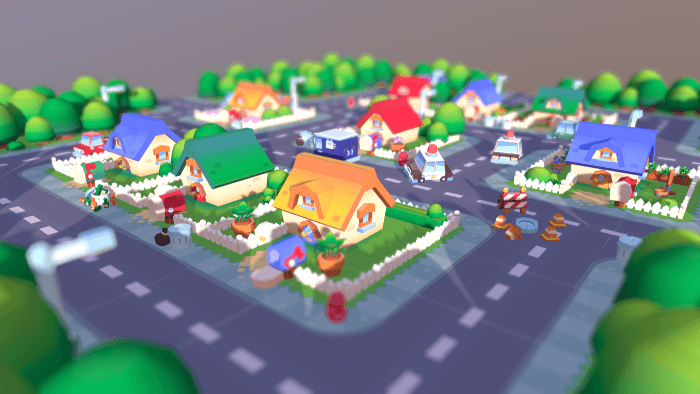
Some of the leading examples of Web3 games include:
-
Axie Infinity: A Pokémon-inspired game where players can collect, breed, and battle creatures called Axies. Players earn cryptocurrency and NFTs by participating in battles, breeding, and completing tasks.
-
CryptoKitties: One of the first Web3 games to gain massive popularity, CryptoKitties lets players collect, breed, and trade digital cats. Each cat is an NFT, and no two are alike.
-
Decentraland: A virtual world where players can buy, sell, and create virtual land and assets. It operates on the Ethereum blockchain, and users can monetize their virtual real estate and digital goods.
-
The Sandbox: A virtual universe where players can build, own, and monetize their gaming experiences using NFTs and blockchain technology.
Conclusion
Web3 gaming has the power to democratize the gaming industry, allowing players to have a more significant influence on game development and ownership.
While it may never fully replace traditional games, Web3 gaming will likely complement the existing ecosystem, creating new opportunities and revenue streams. As the technology matures, players and developers alike will be able to unlock new forms of digital interaction, further blurring the line between the virtual and real worlds.
Read more:

 English
English Tiếng Việt
Tiếng Việt.png)
